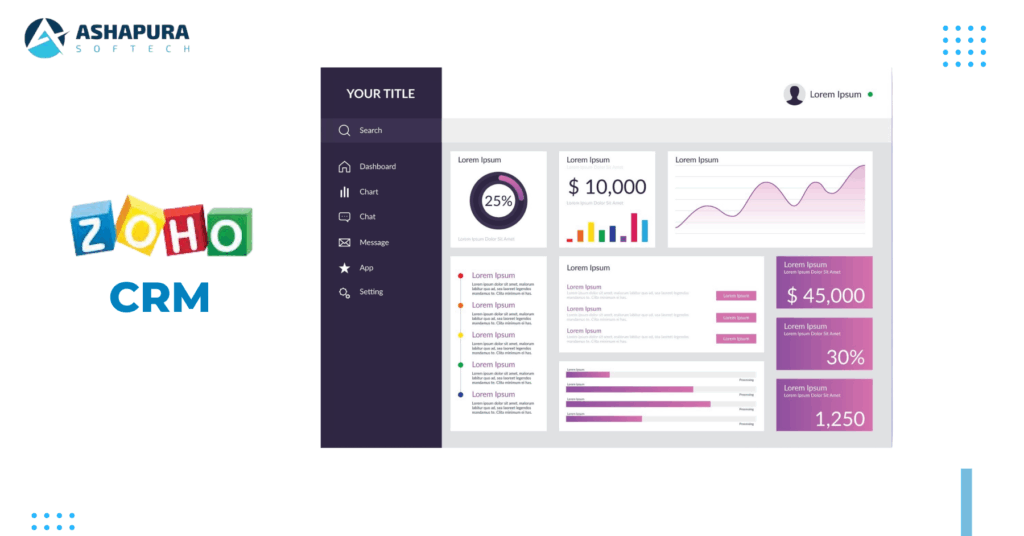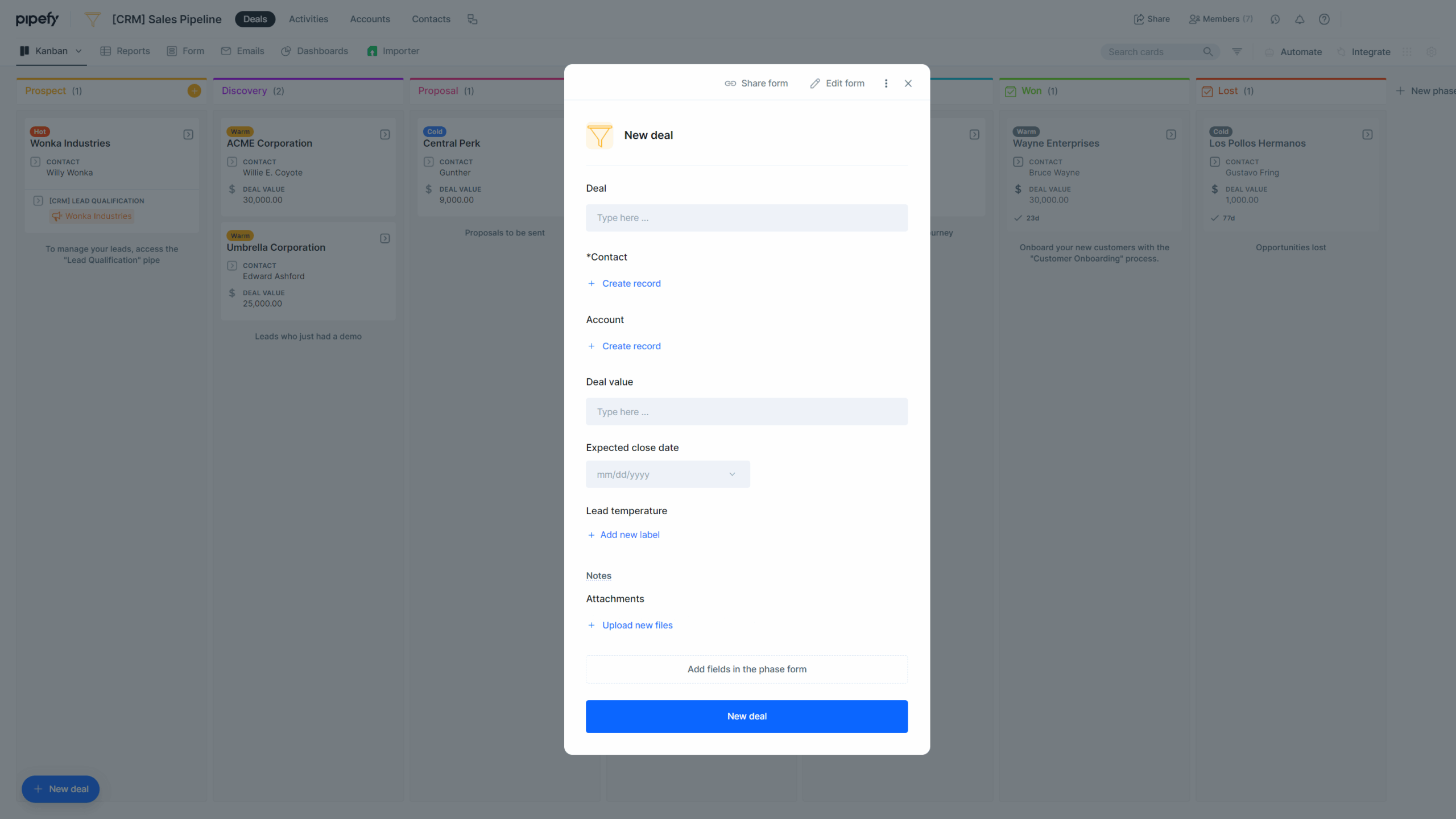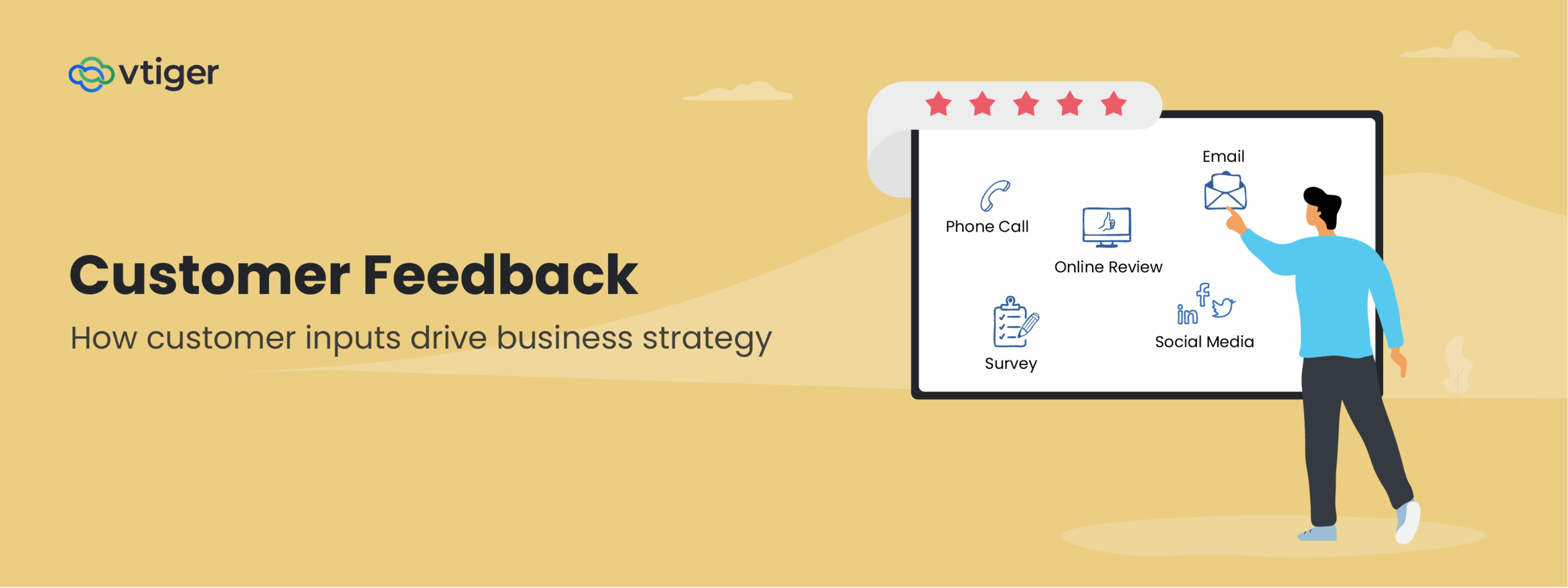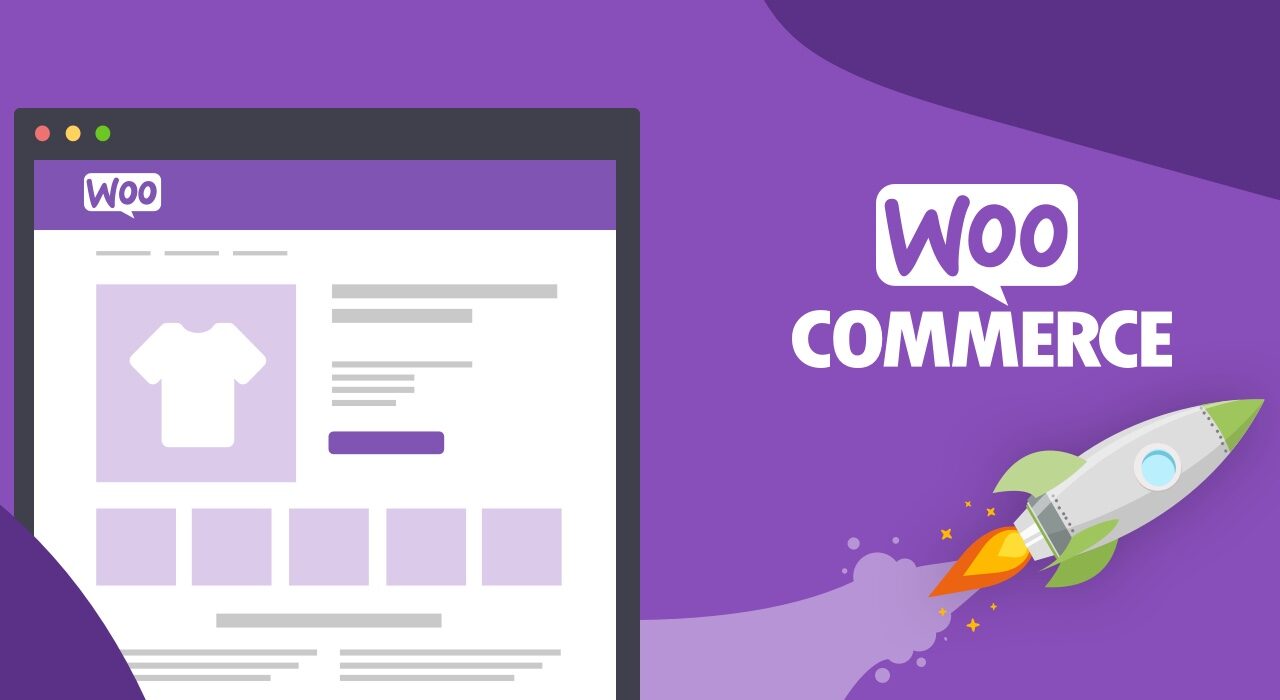
Unlock Your Sales Potential: A Comprehensive Guide to CRM Marketing Dashboard Setup
In today’s hyper-competitive business landscape, staying ahead of the curve is no longer a luxury; it’s a necessity. One of the most powerful tools available to businesses of all sizes is a Customer Relationship Management (CRM) system. But simply having a CRM isn’t enough. To truly harness its potential, you need a well-configured CRM marketing dashboard. This comprehensive guide will walk you through every step of the CRM marketing dashboard setup process, empowering you to transform raw data into actionable insights, drive sales growth, and build lasting customer relationships.
Why a CRM Marketing Dashboard Matters
Before diving into the “how,” let’s explore the “why.” A CRM marketing dashboard is essentially a visual representation of your CRM data, providing a real-time snapshot of your marketing and sales performance. It’s like having a control panel for your business, allowing you to:
- Track Key Performance Indicators (KPIs): Monitor metrics like lead generation, conversion rates, customer acquisition cost (CAC), customer lifetime value (CLTV), and sales revenue.
- Gain Actionable Insights: Identify trends, patterns, and areas for improvement. Understand what’s working and what’s not, enabling data-driven decision-making.
- Improve Sales and Marketing Alignment: Foster collaboration between sales and marketing teams by providing a shared view of customer data and performance metrics.
- Enhance Customer Experience: Gain a deeper understanding of your customers’ behavior and preferences, allowing you to personalize your marketing efforts and deliver exceptional customer service.
- Optimize Resource Allocation: Allocate your marketing budget and sales resources more effectively by focusing on the most promising leads and campaigns.
- Make Data-Driven Decisions: Ditch the guesswork and base your strategies on concrete data.
In essence, a CRM marketing dashboard is your compass, guiding you towards greater efficiency, profitability, and customer satisfaction. It’s the cornerstone of any successful data-driven marketing strategy.
Choosing the Right CRM System
The foundation of your CRM marketing dashboard is, of course, the CRM system itself. Selecting the right CRM is a crucial first step. Consider your business needs, budget, and technical capabilities when making your choice. Here are some of the leading CRM platforms available:
- Salesforce: A robust and highly customizable platform, ideal for large enterprises with complex needs. It is a great platform with a lot of features.
- HubSpot CRM: A user-friendly and feature-rich platform, particularly well-suited for small and medium-sized businesses (SMBs). It offers a free version.
- Zoho CRM: A versatile and affordable option, offering a wide range of features and integrations.
- Microsoft Dynamics 365: A comprehensive platform that integrates seamlessly with other Microsoft products.
- Pipedrive: A sales-focused CRM with a strong emphasis on pipeline management.
- Freshsales: A user-friendly CRM with built-in sales automation features.
When evaluating CRM systems, consider the following factors:
- Features: Does the CRM offer the features you need, such as lead management, contact management, sales automation, marketing automation, and reporting?
- Integrations: Does the CRM integrate with your existing tools and platforms, such as email marketing software, social media platforms, and e-commerce platforms?
- Customization: Can you customize the CRM to meet your specific business needs?
- Ease of Use: Is the CRM user-friendly and easy to learn?
- Scalability: Can the CRM scale to accommodate your future growth?
- Pricing: Is the CRM affordable and does it offer a pricing plan that meets your budget?
- Support: Does the CRM provider offer adequate customer support and training?
Once you’ve chosen your CRM system, you can start setting up your CRM marketing dashboard.
Setting Up Your CRM Marketing Dashboard: A Step-by-Step Guide
Now for the meat of the matter: setting up your dashboard. This process will vary slightly depending on your chosen CRM platform, but the fundamental principles remain the same. Follow these steps for a successful setup:
1. Define Your Goals and KPIs
Before you start building your dashboard, you need to determine what you want to achieve. What are your business goals? What specific metrics will help you track your progress? Defining your goals and KPIs is the most critical step, because it will influence every other step in the process.
Here are some common goals and associated KPIs:
- Goal: Increase Lead Generation
- KPIs: Number of leads generated, website traffic, conversion rate of website visitors to leads, cost per lead.
- Goal: Improve Conversion Rates
- KPIs: Sales conversion rate, lead-to-opportunity conversion rate, opportunity-to-customer conversion rate, average deal size.
- Goal: Enhance Customer Retention
- KPIs: Customer churn rate, customer lifetime value (CLTV), customer satisfaction score (CSAT), net promoter score (NPS).
- Goal: Increase Sales Revenue
- KPIs: Sales revenue, sales growth, average deal size, sales cycle length.
Make sure your KPIs are SMART: Specific, Measurable, Achievable, Relevant, and Time-bound. This will ensure that your dashboard is focused and effective.
2. Identify Your Data Sources
Your CRM is the primary source of data for your marketing dashboard. However, you may also need to integrate data from other sources, such as:
- Marketing Automation Platforms: (e.g., HubSpot, Marketo, Pardot) for data on email campaigns, landing pages, and lead nurturing.
- Website Analytics: (e.g., Google Analytics) for data on website traffic, user behavior, and conversion rates.
- Social Media Platforms: (e.g., Facebook, Twitter, LinkedIn) for data on social media engagement and lead generation.
- Advertising Platforms: (e.g., Google Ads, Facebook Ads) for data on ad performance and return on investment (ROI).
- E-commerce Platforms: (e.g., Shopify, WooCommerce) for data on online sales and customer purchases.
Identify all the data sources you need and ensure that they are properly integrated with your CRM.
3. Choose Your Dashboarding Tools
Most CRM systems offer built-in dashboarding capabilities. However, you may need to use a separate dashboarding tool, especially if you want more advanced features and customization options. Some popular dashboarding tools include:
- Built-in CRM Dashboards: Salesforce, HubSpot, Zoho CRM, and other CRM platforms offer dashboarding features. This is often the easiest and most cost-effective option.
- Google Data Studio (Looker Studio): A free and powerful dashboarding tool that integrates with a wide range of data sources.
- Tableau: A leading data visualization and analytics platform, ideal for complex dashboards and advanced analysis.
- Microsoft Power BI: Another powerful data visualization tool that integrates seamlessly with Microsoft products.
- Klipfolio: A cloud-based dashboarding platform that offers a wide range of integrations and customization options.
Choose the dashboarding tool that best meets your needs and budget.
4. Design Your Dashboard Layout
The layout of your dashboard is crucial for usability and readability. Here are some best practices for designing an effective dashboard:
- Keep it Simple: Avoid clutter and focus on the most important KPIs.
- Use Visualizations: Use charts, graphs, and other visual elements to represent your data clearly and concisely.
- Organize Your Data: Group related metrics together and use clear headings and labels.
- Prioritize Key Metrics: Place the most important KPIs in a prominent position.
- Use a Consistent Design: Maintain a consistent look and feel throughout your dashboard.
- Consider Your Audience: Design your dashboard with your target audience in mind. What information do they need to see?
Think about the stories you want to tell with your data. What key insights do you want to communicate? Design your dashboard to answer those questions.
5. Configure Your Metrics and Visualizations
Once you’ve chosen your layout, it’s time to configure your metrics and visualizations. This involves:
- Connecting to Your Data Sources: Connect your dashboarding tool to your CRM and other data sources.
- Selecting Your Metrics: Choose the KPIs you want to track and display on your dashboard.
- Choosing Your Visualizations: Select the appropriate charts and graphs to represent your data. For example, use a bar chart to compare sales revenue across different months, a line chart to track lead generation over time, and a pie chart to show the distribution of leads by source.
- Customizing Your Visualizations: Customize your charts and graphs to match your brand and improve readability. This may include changing colors, adding labels, and adjusting the axis scales.
- Setting Up Filters and Segmentation: Allow users to filter and segment data by different criteria, such as date range, sales region, or product.
Take the time to experiment with different visualizations and data configurations to find the best way to present your data.
6. Test and Refine Your Dashboard
Once you’ve built your dashboard, it’s time to test it. Make sure that all the data is accurate and that the visualizations are displaying the information correctly. Have other team members review the dashboard and provide feedback. Refine your dashboard based on their feedback and your own observations.
Here are some things to test:
- Data Accuracy: Verify that the data displayed on your dashboard is accurate and up-to-date.
- Usability: Ensure that the dashboard is easy to understand and navigate.
- Performance: Check the dashboard’s loading speed and performance.
- Functionality: Test all the features, such as filters and drill-down capabilities.
Testing and refinement is an ongoing process. As your business evolves and your needs change, you’ll need to update and modify your dashboard accordingly.
7. Train Your Team
Your CRM marketing dashboard is only as good as the people who use it. Train your team on how to use the dashboard, interpret the data, and make data-driven decisions. Provide clear instructions and documentation, and be available to answer questions.
Training should cover:
- Dashboard Navigation: How to navigate the dashboard and find the information they need.
- Metric Definitions: What each metric means and how it is calculated.
- Data Interpretation: How to interpret the data and identify trends and patterns.
- Actionable Insights: How to use the data to make data-driven decisions and improve performance.
Encourage your team to use the dashboard regularly and provide feedback.
8. Monitor and Analyze Your Dashboard
Your CRM marketing dashboard is a living document. Regularly monitor your dashboard to track your progress, identify areas for improvement, and ensure that your data is accurate and up-to-date. Analyze the data to gain insights and make data-driven decisions.
Here are some things to monitor and analyze:
- KPI Performance: Track your KPIs over time and identify any trends or anomalies.
- Campaign Performance: Monitor the performance of your marketing campaigns and identify which campaigns are most effective.
- Customer Behavior: Analyze customer behavior to understand their preferences and needs.
- Sales Performance: Track your sales performance and identify areas for improvement.
- Data Accuracy: Regularly review your data to ensure that it is accurate and up-to-date.
Use the insights you gain from your dashboard to optimize your marketing and sales strategies.
Advanced CRM Marketing Dashboard Strategies
Once you’ve mastered the basics, you can explore more advanced CRM marketing dashboard strategies to take your data analysis to the next level:
- Predictive Analytics: Use predictive analytics to forecast future trends and identify potential opportunities and risks.
- Segmentation and Personalization: Segment your customers based on their behavior and preferences, and personalize your marketing efforts accordingly.
- Automated Reporting: Automate the process of generating reports and sending them to relevant stakeholders.
- Integration with Artificial Intelligence (AI): Integrate your dashboard with AI tools to automate data analysis and gain deeper insights.
- Real-Time Dashboards: Create real-time dashboards that update automatically, providing you with the most up-to-date information.
By implementing these advanced strategies, you can unlock even greater value from your CRM marketing dashboard.
Common CRM Marketing Dashboard Mistakes to Avoid
Even with the best intentions, it’s easy to make mistakes when setting up a CRM marketing dashboard. Here are some common pitfalls to avoid:
- Not Defining Goals and KPIs: Without clear goals and KPIs, your dashboard will be unfocused and ineffective.
- Using Too Many Metrics: Overwhelming your dashboard with too many metrics can make it difficult to find the information you need.
- Using Inaccurate Data: Inaccurate data will lead to flawed insights and poor decisions.
- Ignoring User Feedback: Don’t be afraid to ask for feedback from your team and make changes to your dashboard accordingly.
- Not Training Your Team: Without proper training, your team won’t be able to use the dashboard effectively.
- Setting and Forgetting: A CRM marketing dashboard needs regular maintenance and updates.
- Not Integrating Data Sources Properly: Ensure that all of your data sources are properly integrated.
By avoiding these common mistakes, you can ensure that your CRM marketing dashboard is a valuable tool for your business.
Maximizing the Impact of Your CRM Marketing Dashboard
Setting up a CRM marketing dashboard is just the first step. To maximize its impact, you need to integrate it into your daily workflow and make it an integral part of your decision-making process.
- Make it a Daily Habit: Check your dashboard daily to stay informed about your performance and identify any issues.
- Use it to Guide Your Decisions: Base your marketing and sales decisions on the data and insights you gain from your dashboard.
- Share Your Insights: Share your findings with your team and use them to inform your strategies.
- Continuously Improve: Regularly review and refine your dashboard to ensure that it meets your evolving needs.
- Foster a Data-Driven Culture: Encourage a culture of data-driven decision-making throughout your organization.
By following these strategies, you can transform your CRM marketing dashboard into a powerful engine for growth.
Conclusion: The Power of a Well-Configured CRM Marketing Dashboard
In conclusion, a well-configured CRM marketing dashboard is a game-changer for any business looking to boost its sales and improve its marketing efforts. It’s the key to unlocking actionable insights from your data, improving sales and marketing alignment, and ultimately, driving sustainable growth.
By following the steps outlined in this guide, you can create a powerful dashboard that empowers you to make data-driven decisions, optimize your resources, and build stronger customer relationships. Take the time to set up your dashboard correctly, and you’ll be well on your way to achieving your business goals.
Remember, the journey doesn’t end with the setup. Regularly monitor, analyze, and refine your dashboard to ensure it remains a valuable asset for years to come. Embrace the power of data, and watch your business thrive.


